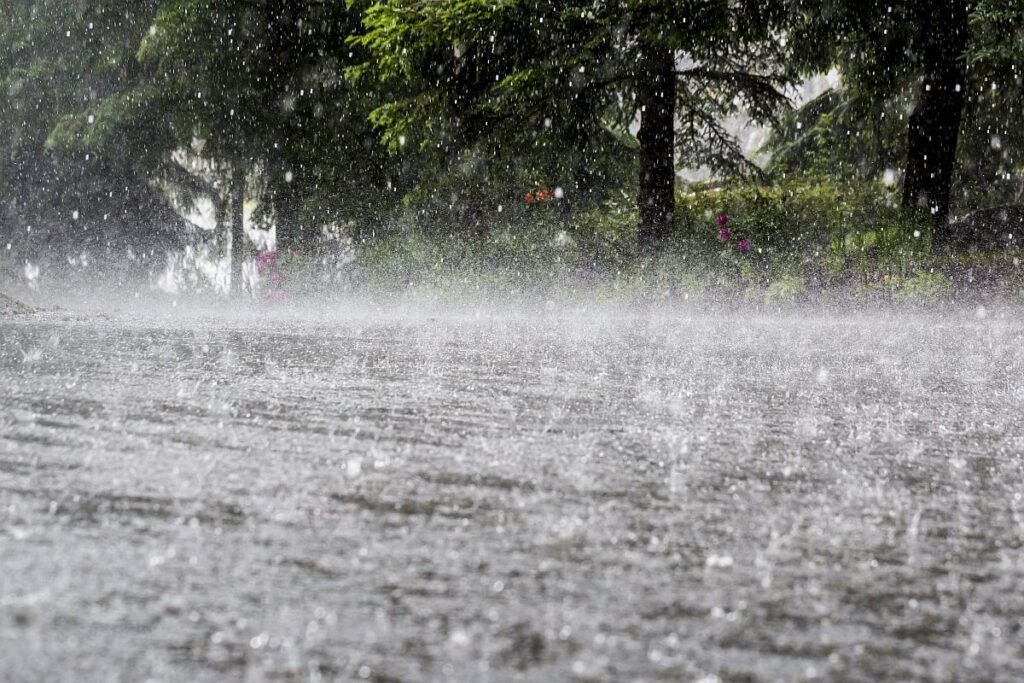Why are meteorologists unable to make accurate predictions? Why is it raining so much, this thing came to the fore!

North India including Delhi is in a bad condition due to the rains for the last several days. The Meteorological Department has expressed the possibility of similar rains for the coming days. The black clouds laden on the sky are also confirming this, the biggest problem is in Himachal Pradesh, Uttarakhand, Rajasthan, Punjab and Haryana. Some districts of UP also seem to be affected by the heavy rains. If the number of deaths is increasing continuously, then the conditions of flood are also visible. In some areas of Punjab, water has filled so much that the army has been put on alert mode. Delhi is also struggling with water logging. According to the data of the Meteorological Department, the rains so far have destroyed the record of the last several years, the special thing is that there is also a Kedarnath connection to the torrential rains in North India, the meteorologist himself Let’s confirm this.
Why is it raining so much
Western Disturbance is believed to be the reason for torrential rains in North India. According to a report in HT, IMD chief M Mohapatra says that it is raining heavily in North India due to the collision of Western Disturbance with Monsoon. Due to this, there is more rain especially in hilly areas like Jammu and Kashmir, North Punjab, Uttarakhand and Himachal Pradesh. He has estimated that so far 24 percent more rain has been received than the rainfall received in the period of July.
This is Kedarnath connection
IMD chief Mrityunjay Mohapatra said that two weather conditions have developed in North India. One is monsoon and the other is western disturbance. Such systems are extremely dangerous for mountainous areas, because when the air hits the hill, it rises, causing heavy rain. This happened in the month of June in 2013 when the monsoon had reached on time and there was a lot of rain due to the collision of Western Disturbance. Due to two weather conditions, there was a cloudburst in Kedarnath, due to which thousands of people died.
Rain broke record
The rains so far in North India have broken the record of total rains so far. In a PTI report, quoting IMD, it has been claimed that so far in the month of July, more than 243.2 mm of rain has been received, which is more than the normal 239.1 mm. According to Delhi’s Safradganj observatory, 153 mm of rain was recorded in Delhi till last Sunday morning, which is the highest since 1982 when it received 169 mm of rain on July 25.
49 mm more rain than normal in delhi
Talking about the rainfall in the country’s capital Delhi, it has been 49 mm more than normal in the last 24 hours. Apart from this, Gujarat has received 11 mm more rain than normal, 8 mm in Rajasthan, 6 in Madhya Pradesh and 4.9 mm in UP. The special thing is that IMD has issued an alert for more rain for these states.
Is it unusual to have excessive rain?
Meteorologists do not consider so much rain in North India as abnormal, environmentalist and CEO of iFOREST Chandra Bhushan says that it is not unusual, because the monsoon is going on. Its trend is to rain more and then stop. He says that this time the monsoon reached north India with some delay, but after that it picked up speed. Its effect on the weather is visible.
How rain is beneficial?
Meteorologists believe that the way it is raining in North India, it cannot be considered beneficial in any way. According to experts, if the rain is intense then it will stop after a certain time. It will not benefit from this. If the rain is slow then it will also be beneficial and it will be for a long time.
Why is the weather changing?
Experts are considering global warming as the reason for the change in the weather. Although some experts say that it is simply monsoon. However, even the Meteorological Department is not able to estimate it correctly. Experts say that it is okay that our ability is developing in the field of weather forecasting, but we are not able to make accurate predictions because the weather is constantly changing itself. Coming of heat web in February, heavy rains at the beginning of monsoon are examples of this.



